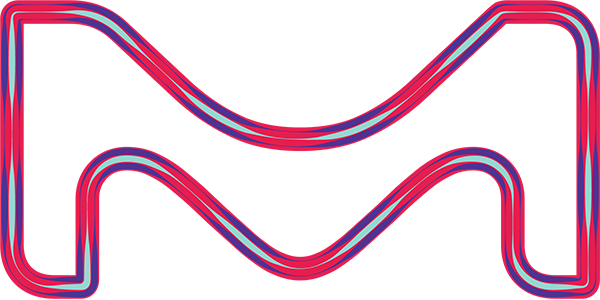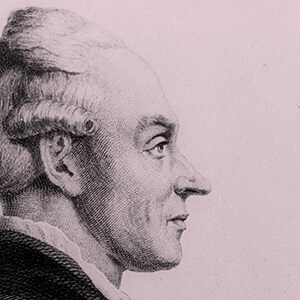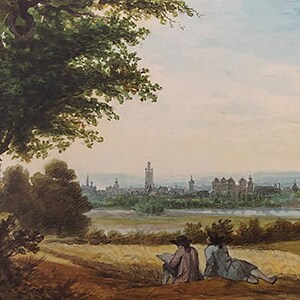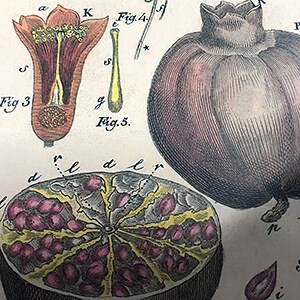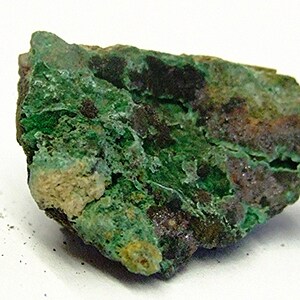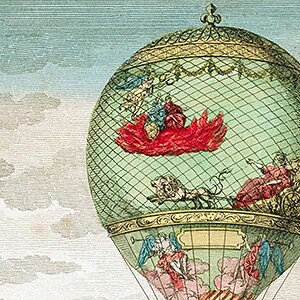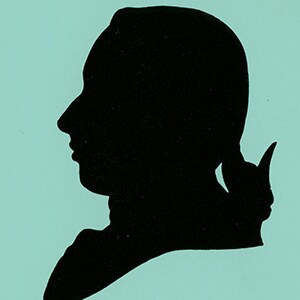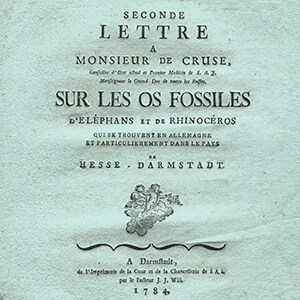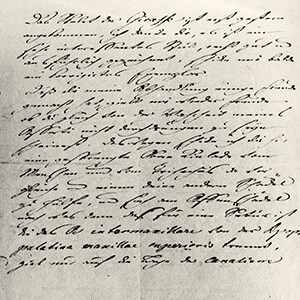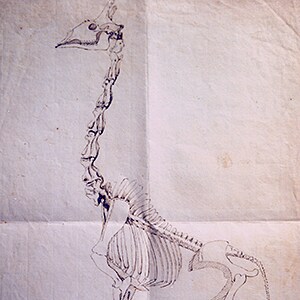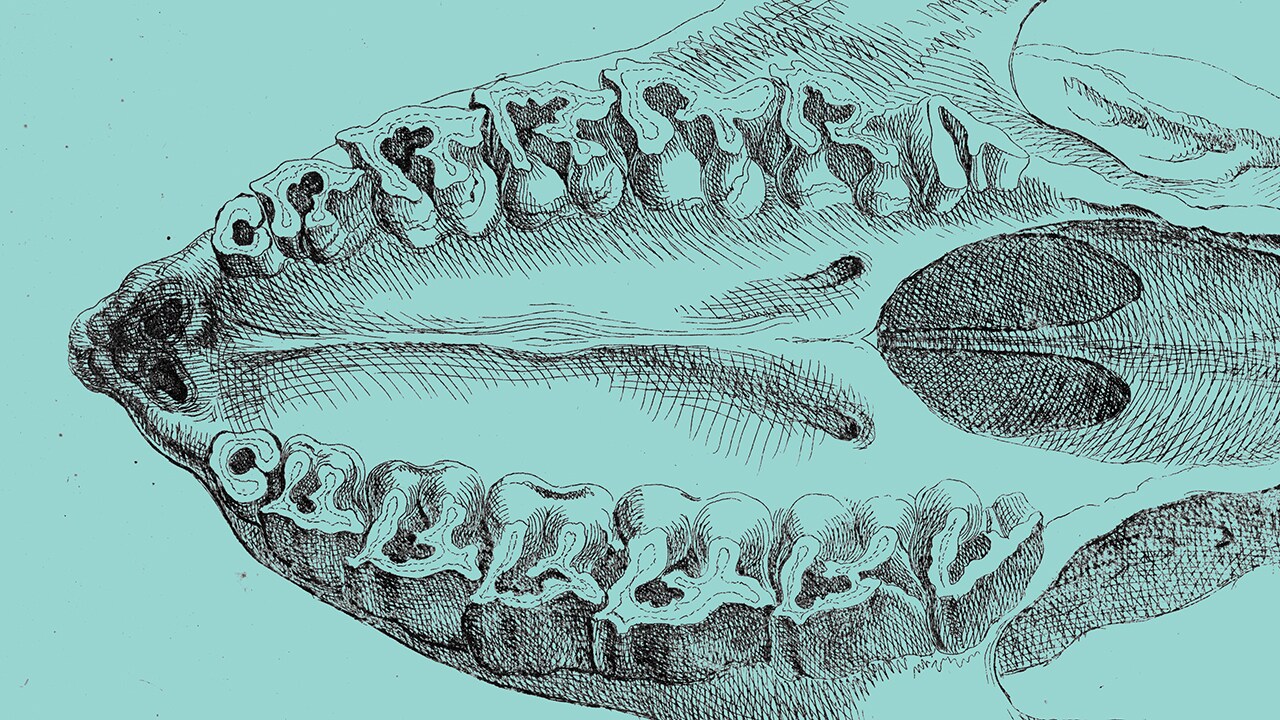
»The giraffe skeleton only just arrived yesterday – thank you so much! It is such an interesting piece, so very well drawn and in such exquisite detail...«
Johann Wolfgang von Goethe to Johann Heinrich Merck, 1785
While serving as a »Kriegsrat« in Darmstadt, an official position responsible for collecting taxes within the small landgraviate, Johann Heinrich Merck (born in 1741) has ample time to pursue a wide array of interests, setting the standards in whatever he does. Under his aegis, the »Frankfurter gelehrte Anzeigen« literary journal achieves renown beyond the region; Wieland’s »Der Teutsche Merkur« establishes itself as a platform to promote literary taste, and academics in Germany start writing about art history.
In Darmstadt, he remains an outsider. The sphere of influence of this man, one of the first to utilize the term »intellectual« in German, lies elsewhere. He remains a mentor to Goethe for his entire life – even in the natural sciences.
Soon, decorative arts and light works of fiction will no longer satisfy Merck in his quest »to see what holds the earth together in its innermost elements«. He diligently educates himself in academic disciplines that are in their infancy, specifically chemistry, mineralogy, paleontology, and comparative anatomy. While living in Darmstadt, Johann Heinrich corresponds with the leading scholars of Europe, who consider him – a »simple amateur« – to be one of their own. He is appointed to scientific societies in Homburg, Kassel, Lausanne, and Prague.
He compiles numerous mineralogical, zoological and paleontological collections and also writes a series of treatises. These include his three »Lettres sur les os fossiles« (»Letters on fossilized bones«), in which he becomes one of the first people to investigate comparative anatomy. In his first letter on fossilized bones (1782), he describes the skull of a woolly rhinoceros from the Ice Age that was discovered in Erfelden am Rhein, a town west of Darmstadt. In Merck’s honor, Johann Jakob Kaup, a natural scientist from Darmstadt, gives the name »Rhinoceros merckii« to the Late Pleistocene rhinoceros exhibited in the Großherzoglich Hessisches Landesmuseum Darmstadt (Grand Ducal Hessian State Museum in Darmstadt).
By the end of the 1780s, Johann Heinrich has become an ill man. Ever-present death, which had claimed four of his seven children after suffering horribly, has drained his will to live. However, a journey to revolutionary Paris at the end of 1790 revitalizes him. He is inspired by the bold will of the revolutionary parliament. Back in Darmstadt, however, he cannot carry on. Facing enormous pressure, he ends his own life with a pistol bullet in 1791. Landgrave Ludwig X acquires part of Johann Heinrich Merck’s estate in 1792 and adds it to his cabinet of natural specimens. This collection will become the foundation of the geology, paleontology and mineralogy exhibits of the Hessisches Landesmuseum Darmstadt.
Born in 1741 three months after his father’s death, Johann Heinrich Merck is the youngest member of the Darmstadt-based family. The pharmacy – the family legacy – is taken over by his brothers. As a highly gifted individual, the world is Johann Heinrich’s oyster. At the universities in Dresden and Leipzig, he discovers the beauty of arts and sciences.
The citizens of Darmstadt are awestruck by the first balloon flights. Merck and his nephew Johann Anton experiment with »inflammable air«. Inspired to pursue a scientific approach, Johann Anton will later gain a reputation for »having acquired uncommon knowledge from research in natural products« and will manage the pharmacy with a forwardlooking mindset.
Johann Heinrich Merck’s impartial intellect brings him close to developing the theory of the »Origin of Species«. For instance, he postulates that »there are differences in the appearance of teeth between prehistoric animals and those of the present day«. He sends the »giraffe proof sheet«, an important testament to paleontological work, to Goethe in 1785.
